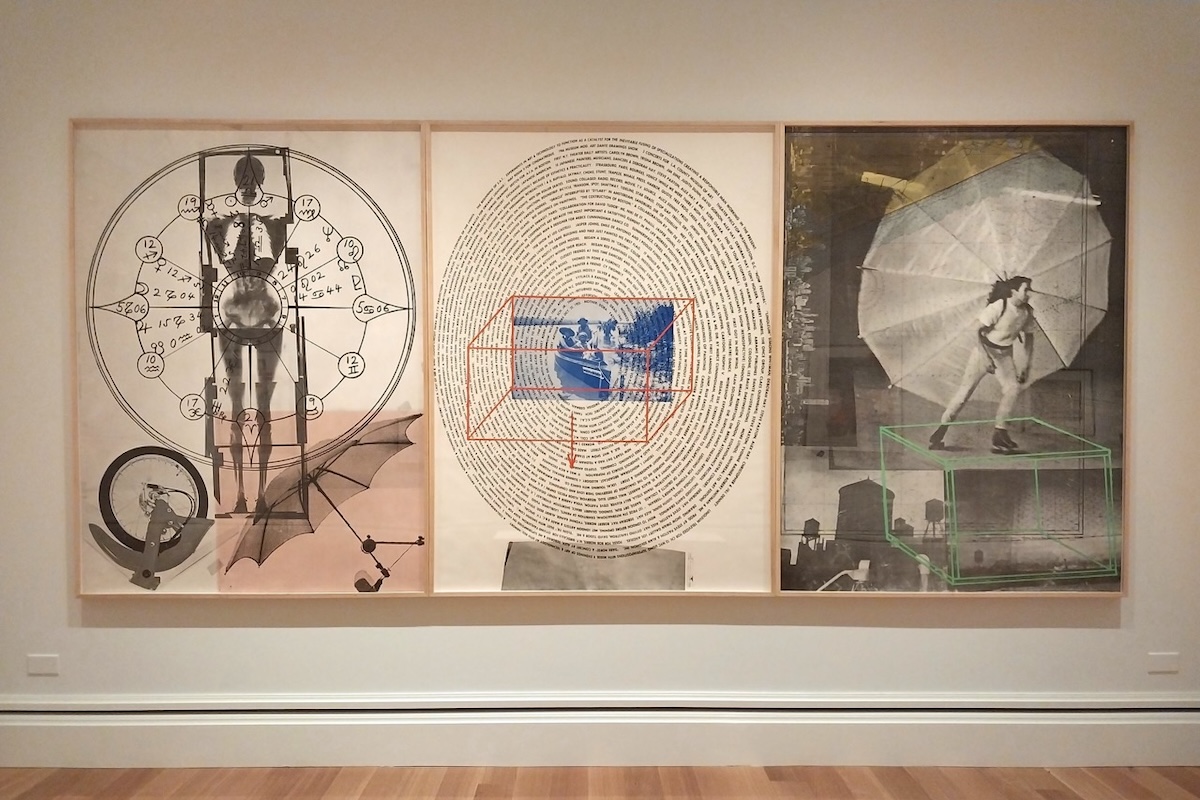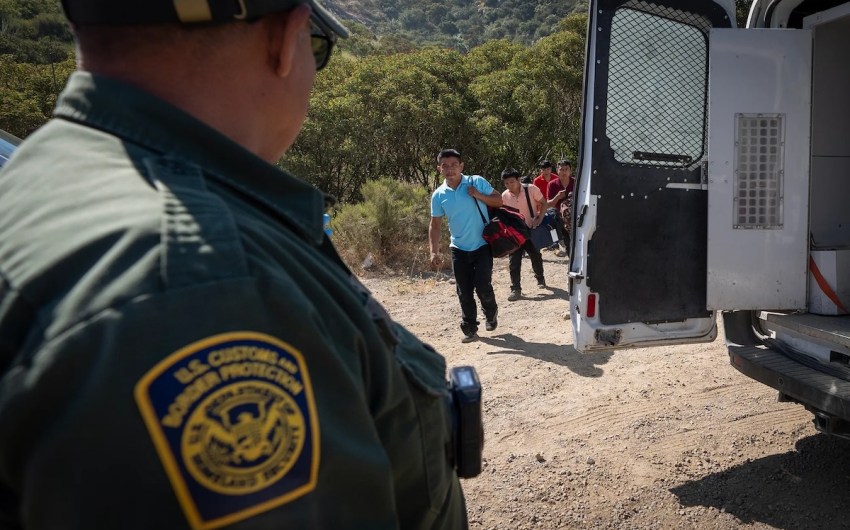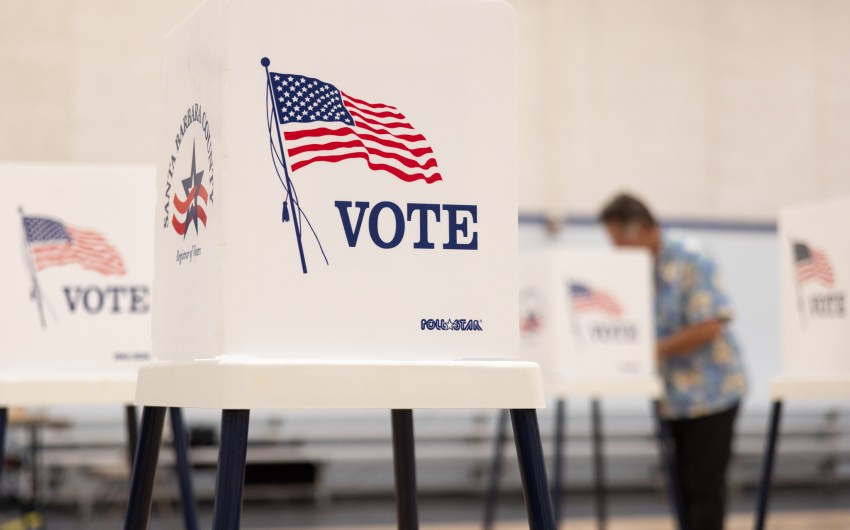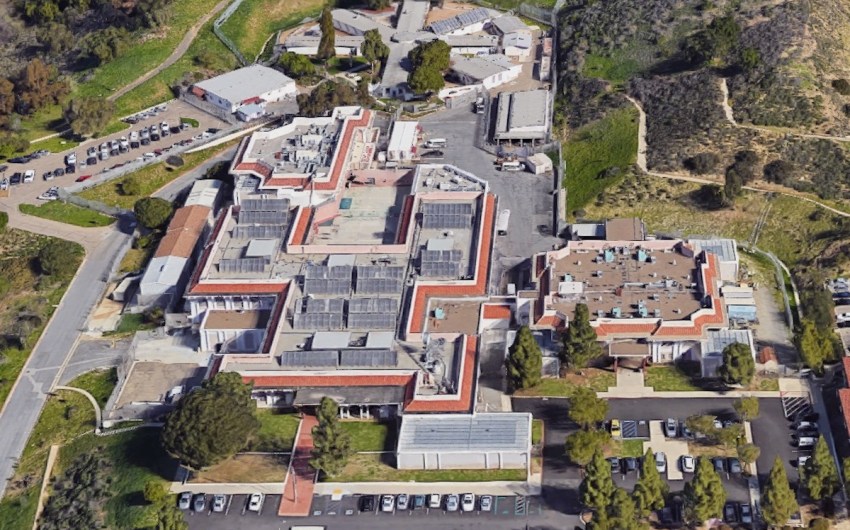Prophetic Mash-Up Artist
Prints by Iconic American Artist Robert Rauschenberg at Santa Barbara Museum of Art Resonate with the Contemporary Pulse

Modest as it is on some levels, the new Santa Barbara Museum of Art exhibition Robert Rauschenberg Autobiography: Works from the Collection has tales to tell about the famed American artist’s legacy and his relevance to our present consciousness. It has something to do with coming to terms with infoglut, processed through an artistic filter.

The seminal and pre-Pop artist is most readily identified by his signature method of cut-and-paste (literally or just image-wise) collage, mostly as a painter with a sculptor’s three-dimensional sensibility but also a printmaker on the side. Imagery and fragments from multiple sources and seemingly random references are culled into artworks summoning up their own inner logic. This precursor to post-Modernist and eclectic culture stimuli predates our present era of over-saturated data and distracted realities.
In some ways, Rauschenberg is a prophetic pioneer of the artful mash-up — at once embracing and critiquing the fracturing flood of data in modern life. In the late ’50s and early ’60s, of course, said info flow was a trickle compared to the present-day flood conditions.
For all the blur effect of his often-nonhierarchical image-stitching, a sense of artistic identity emerges. We know a Rauschenberg when we see one. Such a paradox — a self-expressive style and randomized material-gathering — validates the term “Autobiography,” title of both the show and the epic triptych on view, considered one of his great print works.
Made in 1968, the piece finds its sense of balance and a teasing order through the repeating echoes of geometric elements — different orders of spheres, cubic outlines, and recurring umbrella motifs, for instance. The treated photographic material varies from an almost life-size x-ray skeleton image, a roller-skater, and, in the almost precise center of the overall work, a vintage family photo on a lake.
Scientific objectivity meets wistful nostalgia and a curious action in the mix.
In the central panel, a dense circle of text vaguely alludes to the people, places, artworld institutions, and land influences impacting his art and life in art. Fittingly, the text box is in the shape of, and with the texture of, a thumb print. “Autobiography,” indeed.
Plainly, this small but alluring show has the triptych as its centerpiece, literally and in terms of significance. But seven other small pieces help flesh out Rauschenberg’s story and art history, well, thumbprint.
The story begins with single photos from his time spent as a fledgling twentysomething artist at the influential Black Mountain College (also host to John Cage and other important art/music/dance figures of the mid-century). A shaft of slanted light in an interior makes up the ambient atmosphere of “Quiet House — Black Mountain College” (1949), while a stark, dark lightbulb is the enigmatic focus of “Ceiling + Light Bulb,” from 1950. Already, Rauschenberg was scanning alternative fields of vision and stimuli.
We zoom forward to the period of his art-worldly fame and legacy-making with 1968’s “Quarry,” with fragments of art classicism, Hollywood starlet style, and a shard of comic-page kitsch obscured by blocks of rough-screen color. The paler and more porous “Watermark,” from 1973, follows a similar image and context-unplugging tactic, to oddly meditative ends. An implied feel of filmic montage — in freeze-framed stillness and tilted states — feeds into the meshed, prophetic “mash-up” of “Untitled Anthology Film Archives,” from 1982.
Rauschenberg died in 2008, at age 82, having carved out a unique place in modern art’s pantheon, a place where Pop Art, New Dadaism and Appropriation were among the driving forces. His art made, and still makes, sense on its own terms, which we may possibly identify in more ways than we expect in the age of scrambled mentalities and AI’s threat and promise.
Robert Rauschenberg Autobiography: Works from the Collection is on view at Santa Barbara Museum of Art (1130 State St.) through November 3. See sbma.net.















You must be logged in to post a comment.